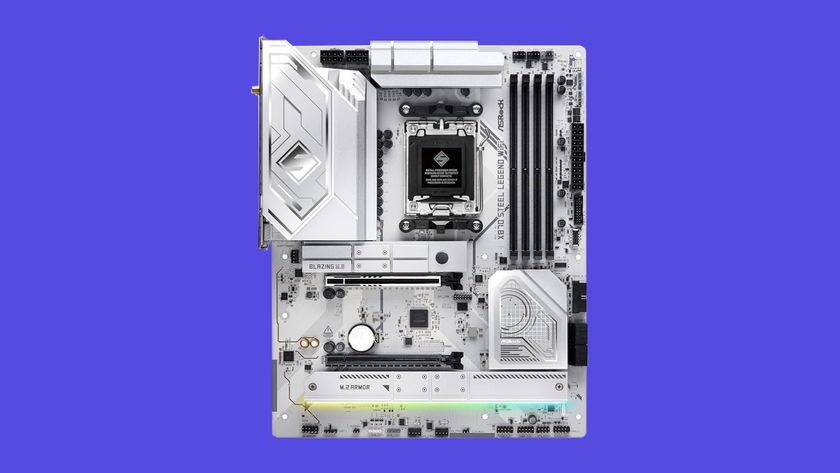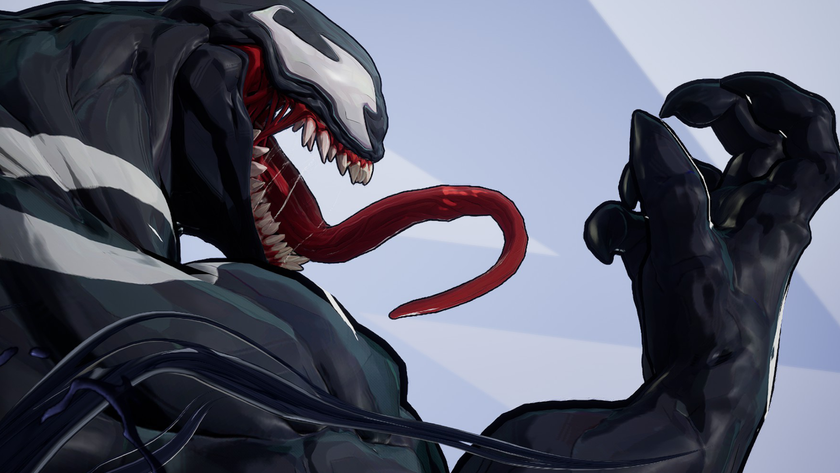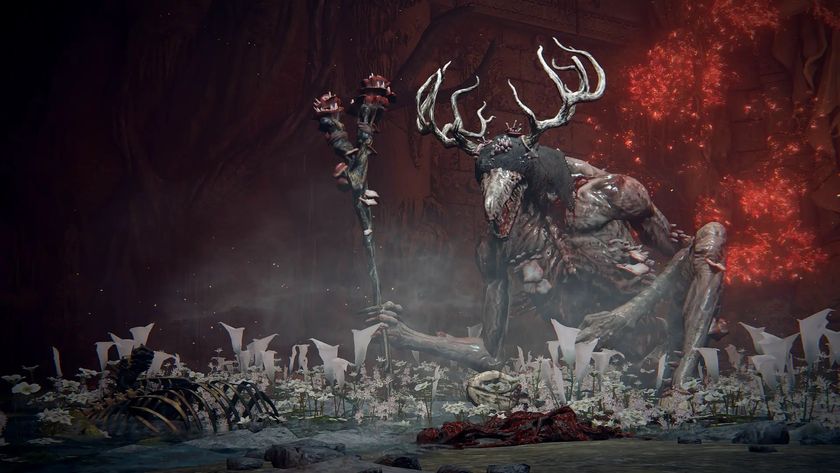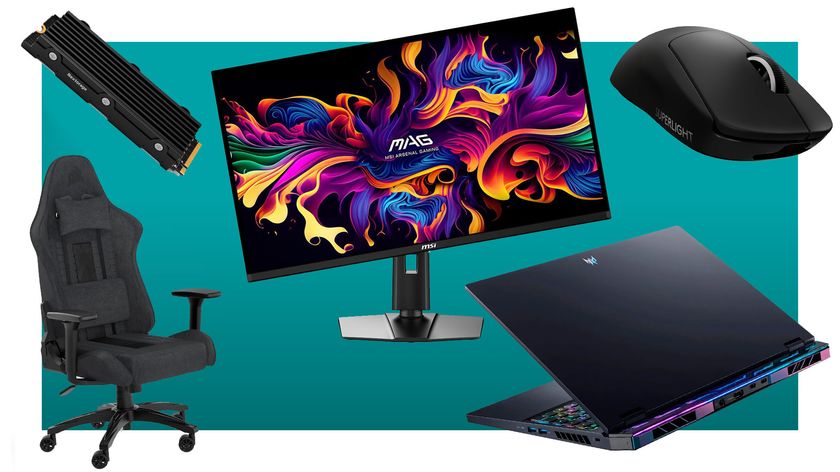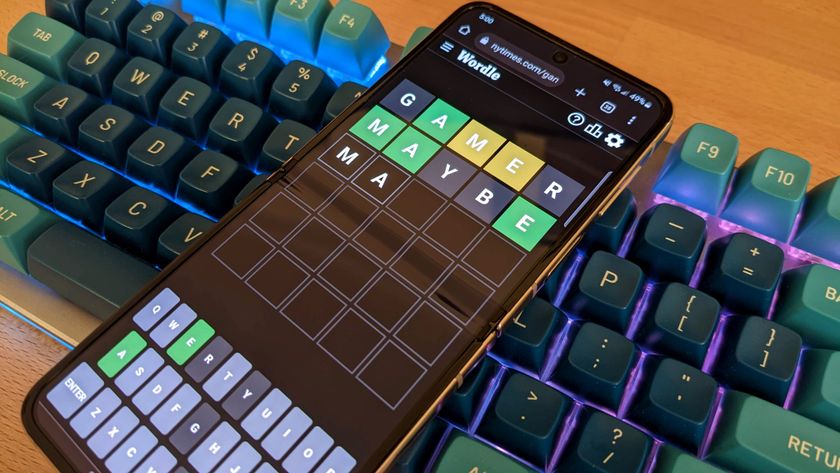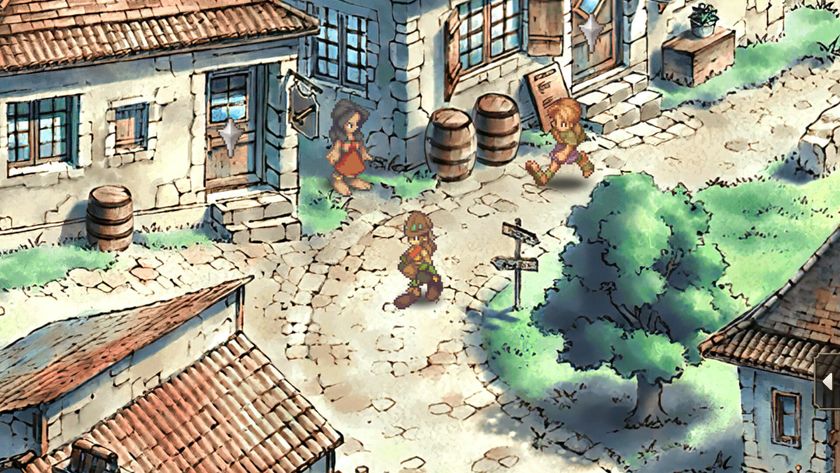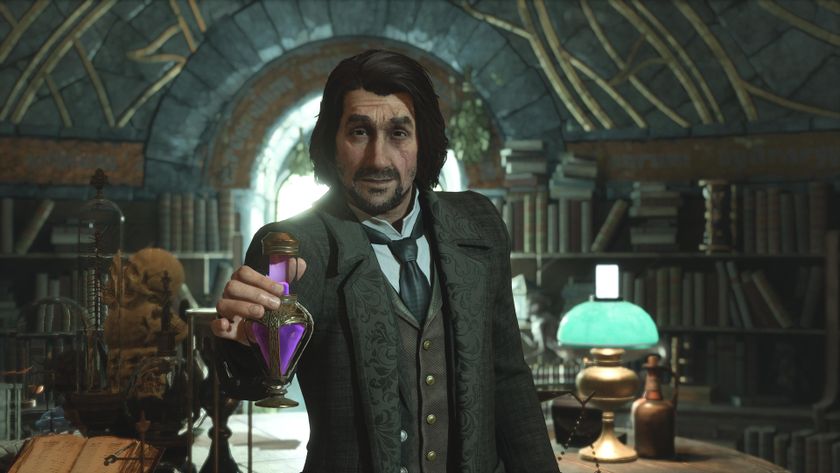Backblaze’s hard drive reliability report makes a strong case for 8TB models
Go big or go home.
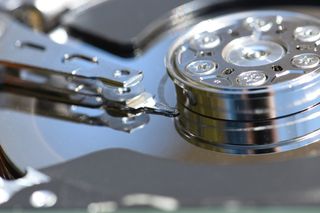
Backblaze has released a new hard drive reliability report based on data collected during the first quarter of 2017, and what it tells us is that large capacity HDDs are generally safe to use.
There are caveats to that statement, of course. One of them is that filling a single large capacity HDD means there is potential for massive data loss in one fell swoop if the drive should go bad. But then again, that is why we recommend having multiple backups, especially for mission critical data.
In any event, Backblaze's latest stats aren't all that different from its previous reliability report. Since then, the cloud storage provider has added 10,577 HDDs to the fray, bringing its total drive count to 82,516.
Seagate has become a bit of a punching bag when the topic of HDD reliability comes up. Blackblaze's latest report is not likely to change anyone's opinion on Seagate, and instead will reinforce whatever notion you might already have about the company.
For those who avoid Seagate like the plague, they can point to the company's 4TB ST400DX000 model. Out of the 170 ST400DX000 models deployed, there were 15 failures, giving it a 35.88 percent annualized failure rate. That is by far the worst of any single HDD model in Backblaze's stable.
Looking longer term, Backblaze said the same model HDD has a lifetime failure of 7.5 percent, which is much more palatable.
"In this case, we only have a 170 drives of this particular drive model, so the failure rate is not statistically significant, but such information could be useful if we were using several thousand drives of this particular model," Backblaze notes.
The biggest gaming news, reviews and hardware deals
Keep up to date with the most important stories and the best deals, as picked by the PC Gamer team.
Interestingly, Seagate's 4TB ST4000DM000 model fared much better. Out of the 34,540 models deployed, 267 failed, giving it an annualized failure rate of 3.27 percent, and a lifetime failure rate of 3 percent. That's still higher than 4TB models from other manufacturers, but Blackblaze also deploys way more ST4000DM000 than any other drive—more than double compared the next most used HDD, HGST's 4TB HMS5C4040BLE640.
Getting back to high capacity HDDs, Backblaze's early data on 8TB is encouraging. It currently uses three different 8TB models, each with a failure rate of less than 2 percent. Have a look:
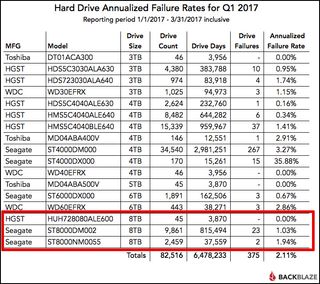
"Some of you may have noticed we now have a significant number of enterprise drives in our data center, namely 2,459 Seagate 8 TB drives, model: ST8000NM055. The HGST 8 TB drives were the first true enterprise drives we used as data drives in our data centers, but we only have 45 of them. So, why did we suddenly decide to purchase 2,400+ of the Seagate 8 TB enterprise drives? There was a very short period of time, as Seagate was introducing new and phasing out old drive models, that the cost per terabyte of the 8 TB enterprise drives fell within our budget," Backblaze says.
If looking at Seagate's enterprise and consumer 8TB drives, the company says it is a bit early to really compare results—the oldest enterprise models have only been in service for two months. However, things are good overall for 8TB capacity HDDs. This is something Backblaze will monitor closely leading up to its next quarterly HDD reliability report.
Paul has been playing PC games and raking his knuckles on computer hardware since the Commodore 64. He does not have any tattoos, but thinks it would be cool to get one that reads LOAD"*",8,1. In his off time, he rides motorcycles and wrestles alligators (only one of those is true).
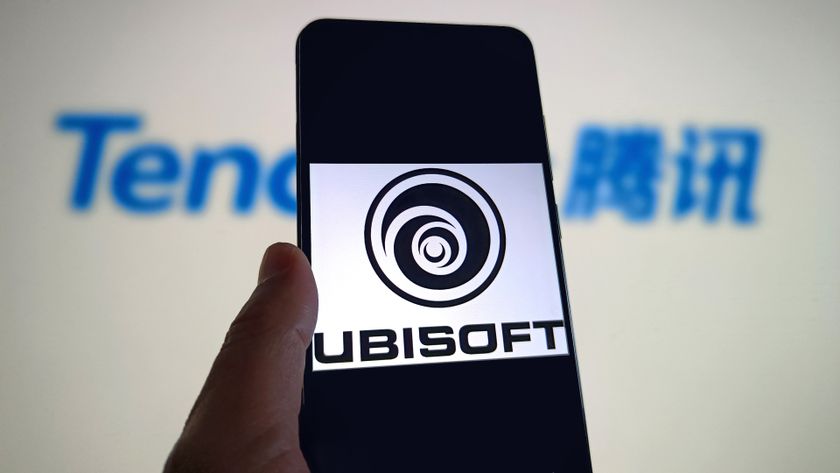
Ubisoft and Tencent are forming a new company that will take control of its most successful franchises: Assassin's Creed, Far Cry, and Rainbow Six
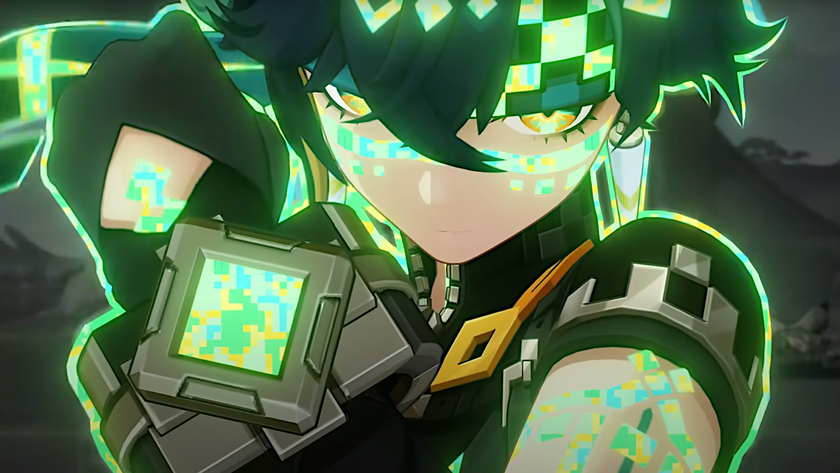
'Diabolical': Genshin Impact's English cast gives new VO the cold shoulder after he frames replacing a striking actor as an 'opportunity to carry the flame'

